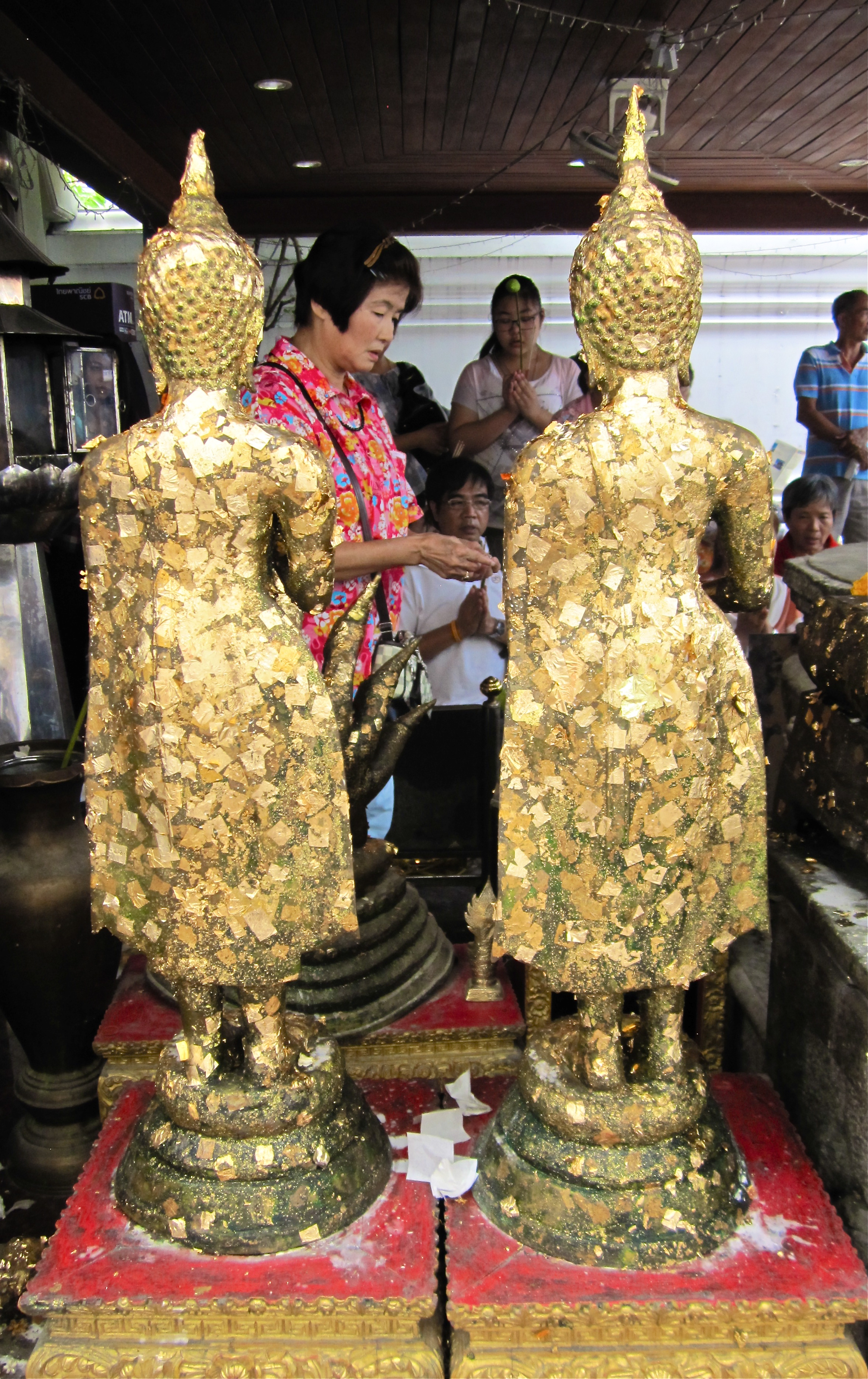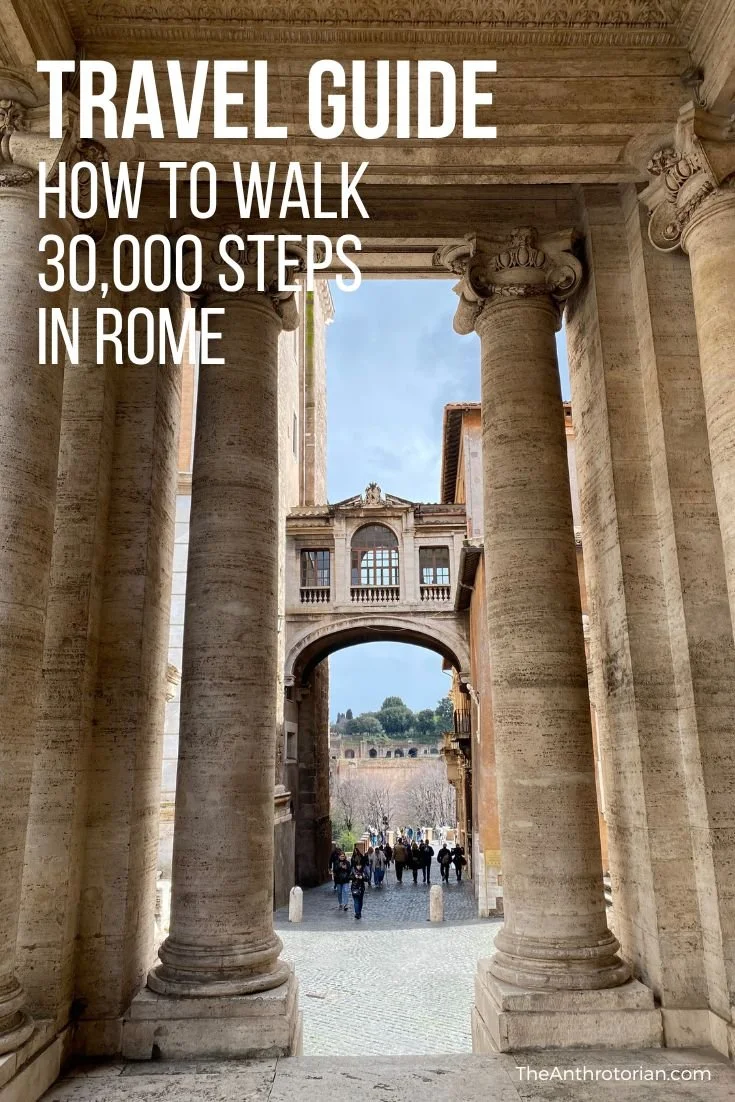What To Do — By far, the most unique thing to do on the island is exploring the world’s longest system of lava-tube caves. The system in 13.4km long with a height and width anywhere from 3m to 20m. It is damp, incredibly humid, rocky, cold, and dark in the tubes, but what makes them so unique is the fact that they are relatively unregulated. Unlike attractions similar to these found in the Western world, the tubes don’t have roped-off areas, walkways, no-go zones, or park rangers that keep tourists from going somewhere they shouldn’t. Don’t get me wrong, I am NOT advocating doing something to risk your safety, all I am saying is take advantage of an experience that will let you feel like an adventurer, discovering something for the first time.
There are shrines and museums throughout the island, and no visit to Jeju could be complete without hiking up to one of the 360 volcanic craters that can be found throughout. These craters are incredibly lush and give hikers an amazing view of the surrounding ocean.
How I Found It — When I was living in South Korea, my brother and sister came to visit me for a week. While they were there, we decided to check out this amazing island that everyone kept telling me about.
We took a flight from Seoul (it was only about $60 each) and spent 3 days exploring the island. I was there in the off-season (it was not yet bathing suit weather) and, though I wouldn’t call it Hawaii, it was beautiful, interesting, and well-worth the visit!





